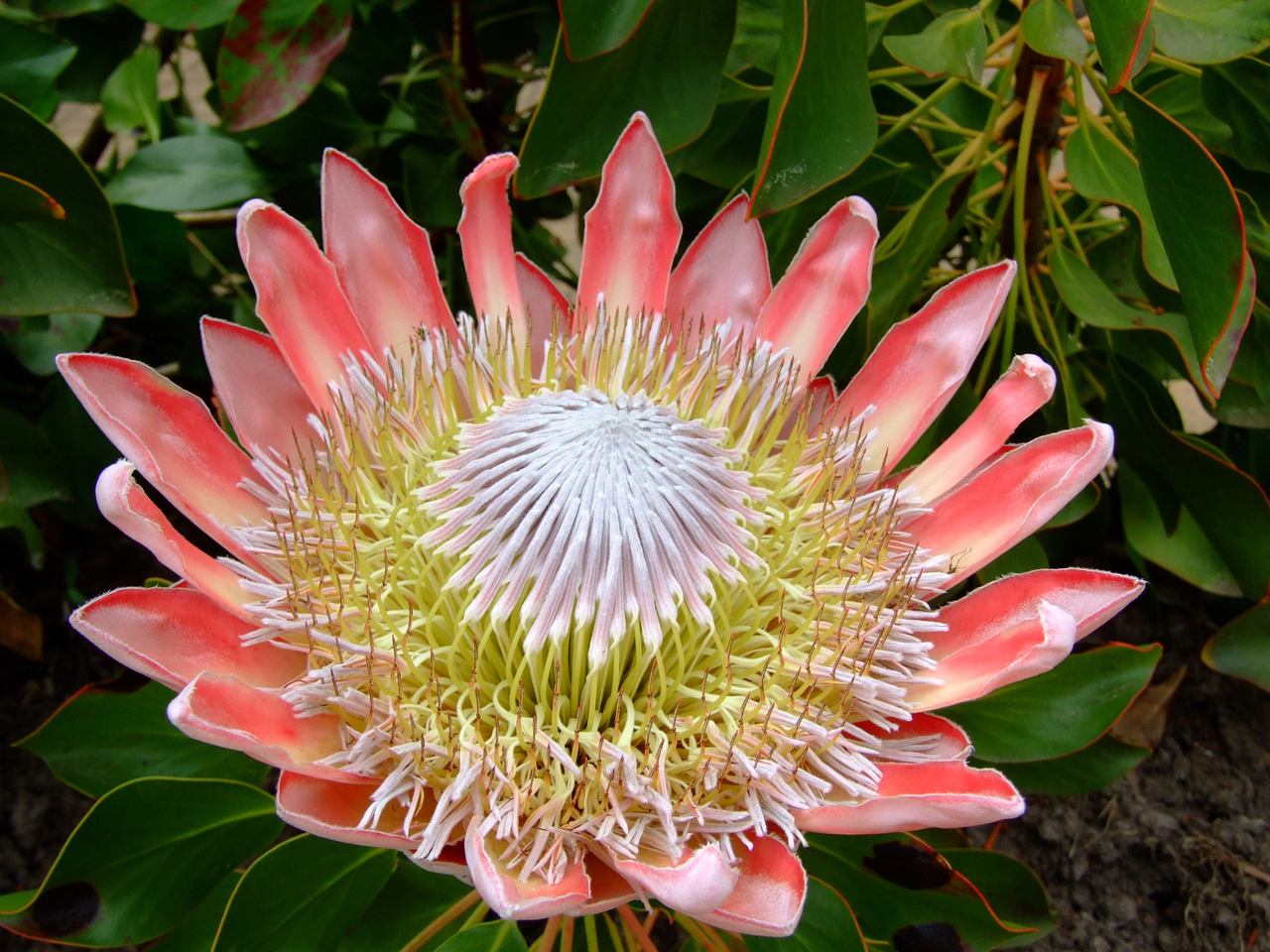
All about Proteas
When you make your way to your favourite florist during the cold months of winter, you might not see as many blooms as you do in summer. That said, this does not mean that flower lovers need to become disheartened. There are still more than enough options to choose from. When winter arrives, many plants become dormant while others come to life. The best thing to do is to know what to look for.
Proteas are one of the most impressive flowers in bloom during in the winter. In 1735, the flower was named by Carl Linnaeus. The name comes from the spontaneously form-changing Greek god, Proteus. It was given this name because of the numerous varieties of this flower and the significant differences between each type. Different types are available in different parts of the world. However, the Protea genus is native to Southern Africa and more than 90% of these flowers are found in a small area of South Africa. In the 1700s, the Protea was introduced to Europe due to its irresistible and unique beauty.
One fact that many people might not know about Proteas is that they prefer a more mountainous environment. This is why they are so abundant in Cape Town and along the rocky slopes of the famous Table Mountain. The mountain is located on the coast and overlooks the city as well as the ocean. For those who are familiar with the weather conditions in these parts, they will know just how windy it can get. The plants that grow in this area need to be particularly tough. Which is why the Protea has developed strong petals that are able to withstand the phenomenal force of the great winds.
The flowers open slowly but, once fully opened, the impressive colourful display is enough to impress anyone. They grow up to 25cm in diameter. They also last considerably long and, once cut from the main plant, they last about 2 weeks. Of course, you will need to care for them just as you would any other cut flower. They will need fresh water, floral preserves, and their stems will need to be trimmed from time to time.
Due to the wide variety, there are also various colours of Proteas including pink, cream, and orange. The petals often include more than one colour and, while attached to the main plant, their colours will really stand out against the dark green foliage. If you are planning on sending Proteas, you should be sure to include dark leaves to help their colours stand out.
Proteas are also excellent as dried flowers. So, once your Proteas begin to perish, you should let them dry out so that you can continue to enjoy them. Dried Proteas can be grouped with ostrich feathers. Ostrich feathers can be displayed in their original state or they can be dyed just about any colour you like.
